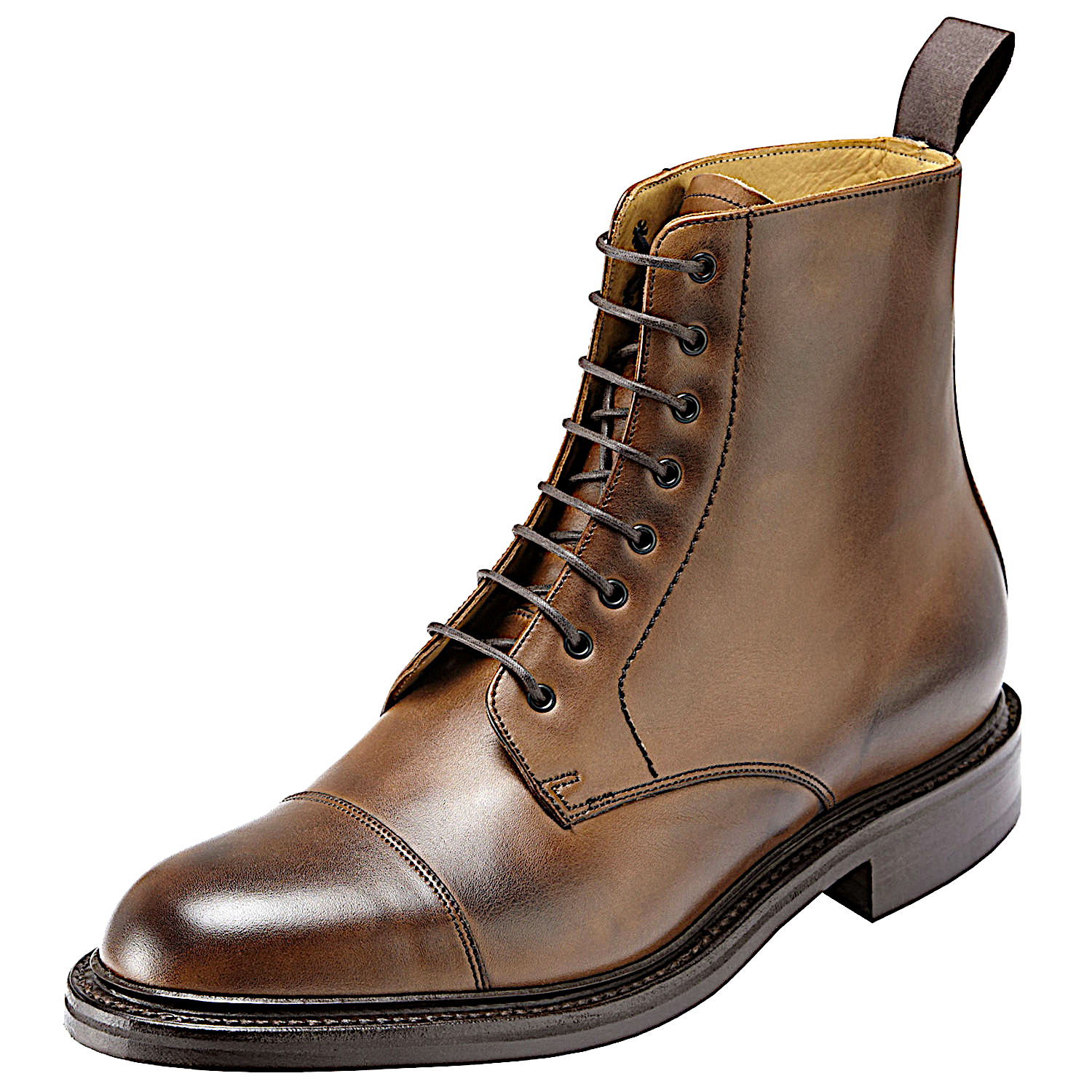kev777
Distinguished Member
- Joined
- Apr 6, 2009
- Messages
- 1,458
- Reaction score
- 76
Have a look at this thread regarding a process called "Gemming!"
http://www.askandyaboutclothes.com/f...d.php?t=100133
Its quite worrying that what we once thought about goodyear welting of our "top end!" shoes is being undermined by a process that seemingly all the renowned manufacturers are using.
Any thoughts from our resident shoe experts regarding both validity of the claim and explainations of the process. Any comments from manufacturers maybe helpful too.
The explanation of gemming from a quote within the thread by a respected authority...DWFII .
"Gemming is a process that involves laying down a canvas rib around the perimeter of the under-surface of the insole. The rib is called gemming. And its purpose is to substitute for the leather holdfast...and to do it cheaply and quickly. It can be recognized by the white strip you see in most of those photos...sometimes "pinked" sometimes not. The gemming is cemented to the insole. That is the only thing holding it (and the shape of the shoe) in place. The welt is machine stitched to the gemming and the resultant insole cavity is filled with cork.
Now, it bears repeating...in almost all instances, the gemming is held in place solely by cement. And that is its first weak spot. The cement will fail, probably even before the shoe is in need of a resole. When the cement fails the gemming slips and the shoe will walk out of shape. And anyone attempting to resole without the original last, faces the nearly impossible task of trying to re-position the gemming."
http://www.askandyaboutclothes.com/f...d.php?t=100133
Its quite worrying that what we once thought about goodyear welting of our "top end!" shoes is being undermined by a process that seemingly all the renowned manufacturers are using.
Any thoughts from our resident shoe experts regarding both validity of the claim and explainations of the process. Any comments from manufacturers maybe helpful too.
The explanation of gemming from a quote within the thread by a respected authority...DWFII .
"Gemming is a process that involves laying down a canvas rib around the perimeter of the under-surface of the insole. The rib is called gemming. And its purpose is to substitute for the leather holdfast...and to do it cheaply and quickly. It can be recognized by the white strip you see in most of those photos...sometimes "pinked" sometimes not. The gemming is cemented to the insole. That is the only thing holding it (and the shape of the shoe) in place. The welt is machine stitched to the gemming and the resultant insole cavity is filled with cork.
Now, it bears repeating...in almost all instances, the gemming is held in place solely by cement. And that is its first weak spot. The cement will fail, probably even before the shoe is in need of a resole. When the cement fails the gemming slips and the shoe will walk out of shape. And anyone attempting to resole without the original last, faces the nearly impossible task of trying to re-position the gemming."


![patch[1].gif](https://www.styleforum.net/images/smilies/patch[1].gif)


